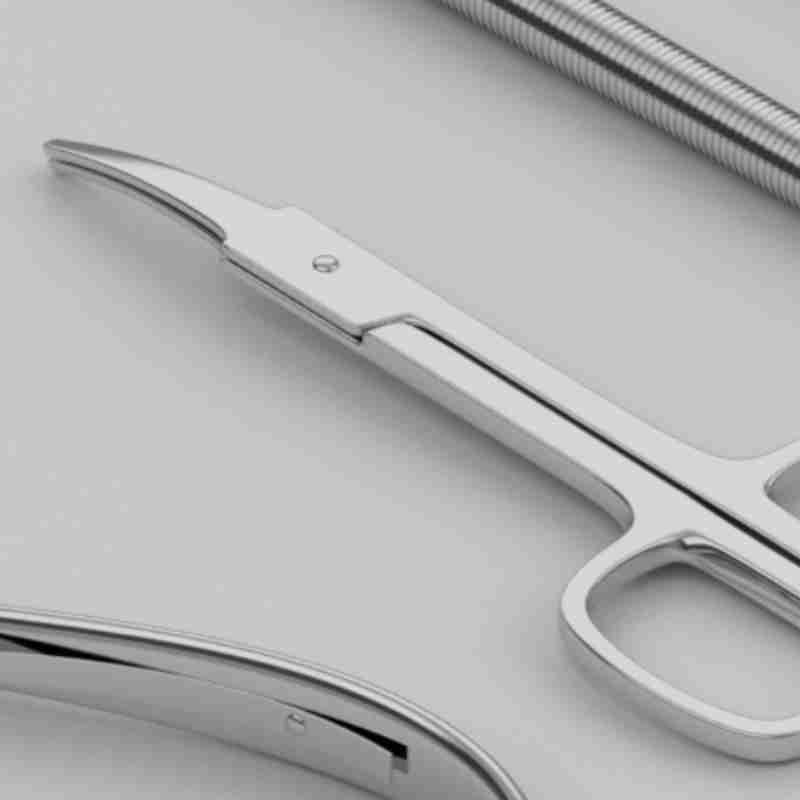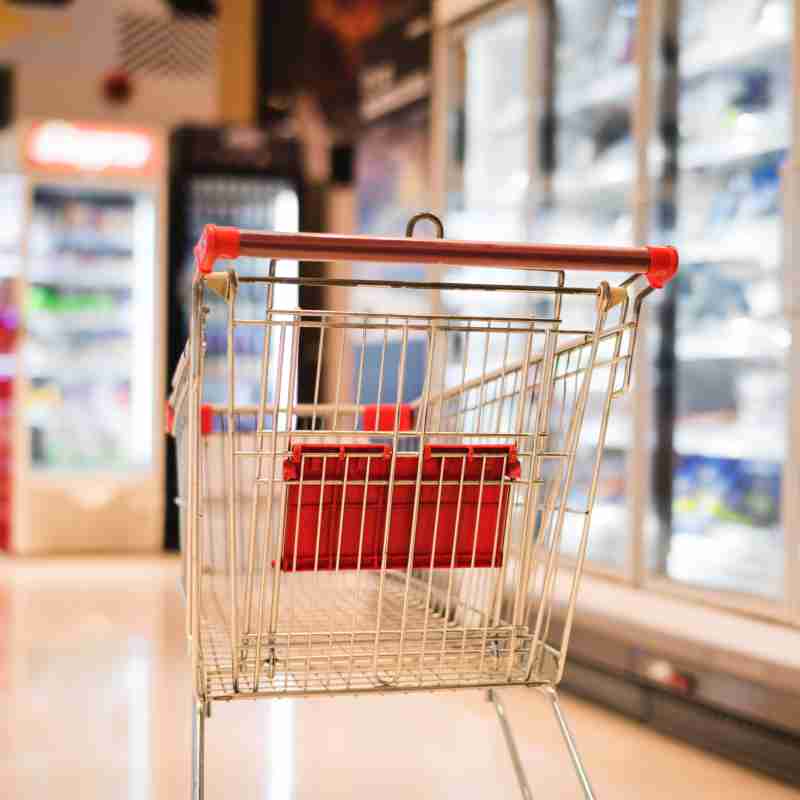- Have any questions?
- +91 9210626626
- info@markolaser.com
What is Traceability ?
Traceability is an identification system that traces a set of information and is able to verify the history, location, origin, batch number, time, date, product movement and application of a product or a part by means of documented recorded information. Traceability explains simple questions like who made the product, when was it made and where was it made.
For many industries, traceability is mandated by national or international regulations for specific industries or types of products.
Due to strict government regulations on safety of food, medicine, defence, automotive and minerals, tracking and tracing of products have become integral to manufacturing processes..
The concept of traceability applies to both the discrete manufacturing industry, which produces products such as automobiles, and to process manufacturing, which includes products such as chemicals. Sub-industries in each category and in different geographic areas may define the concept to fit their own needs, but at its simplest, traceability enables a breadth and depth of visibility into what goes into produced goods and substances. Traceability should mean that movements can be traced one step backwards and one step forward at any point in the supply chain as well as manufacturing processes. Full traceability is a kind of insurance of the product.
Why Traceability ?
- Improved quality & process control
- Proof of quality and origin
- Risk reduction
- Transparency of operations
- Analyzing product performance
- Design improvement techniques
- Evaluation of supplies & materials
- Service support planning and better customer relationship
- Increase in supply chain visibility
- Brand and image protection
- The technology is more than just a quality documentation system. It is designed specifically for manufacturers to increase process repeatability, reduce variation, increase production throughput and reduce defects.
How Traceability works?
- The backbone of traceability & active cooperation is a cloud-based collaboration portal that can be shared by the customer, supplier, carrier partners & the production & dispatch in-charges. This single platform can be used as a dynamic record of truth for changes that need to occur across the manufacturing process and supply chain.
- Traceability capabilities require varying levels of technology and hardware support unique to the situation. It can serve the use of Cloud interface for data storage, Special softwares for integration and to pull and push information from the relevant unique codes, Laser marking machines for the Unique code marking, Scanners for part identification and code readers to read the marked unique code on the product.
- End to end traceability is done in a number of steps. read more
Why Markolaser for Traceability ?
All traceability requirements under one roof.
Accumulation of information in each process of manufacturing to trace a product backward or forward is imperative for quality management, safety, environment, reduced production costs, transparency and increased plant floor visibility.
Markolaser is an end to end Traceability solution provider including software, hardware, automations and integrations in the manufacturing pipeline of a product.
How are we different from others in the same business? read more
Traceability work flow step by step
-
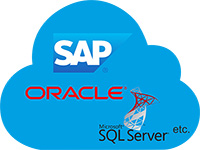
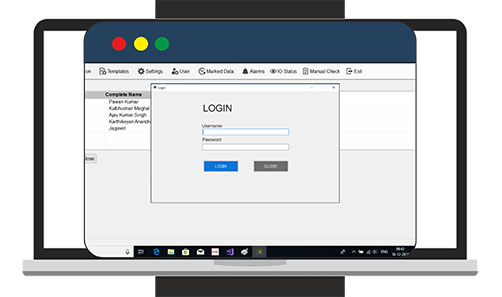 Step 1
Step 1Integration with ERP/Cloud/Database server
iTracy Cloud Connector gives the capability of getting connected with any server/database of our clients makes it a unique platform regardless of location or devices, This reduces installation efforts & increases flexibility
The multiple user accessibility and authentication feature makes it most secure and flexible to use & process the task
-
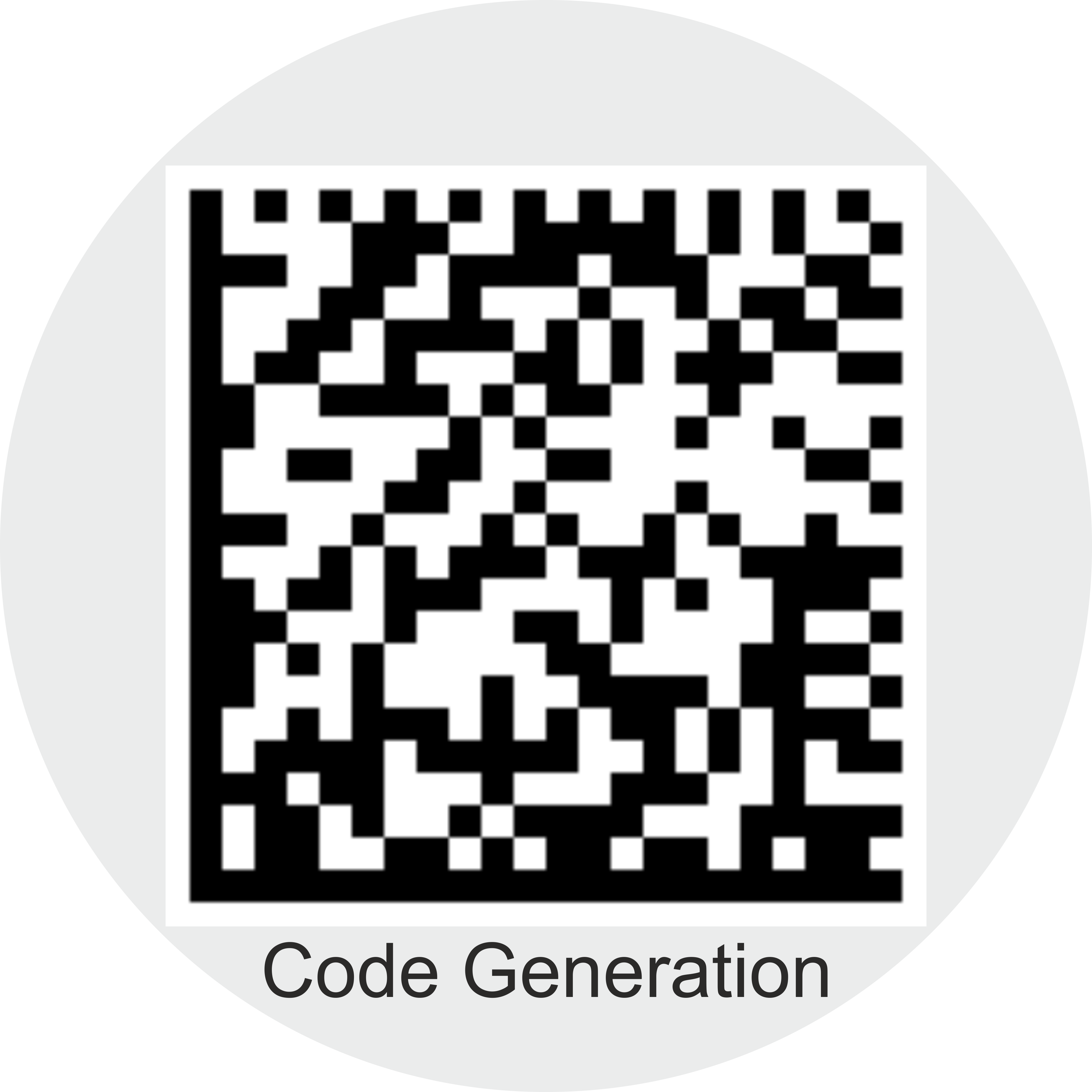
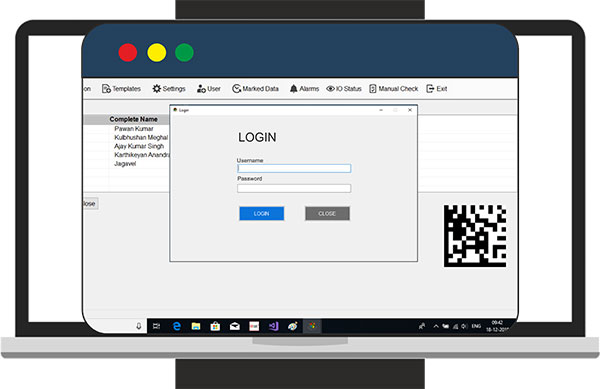 Step 2
Step 2Code Generation
The unique code is generated and marked or the RFID chip is assigned with unique code, against which the data can be updated and managed -
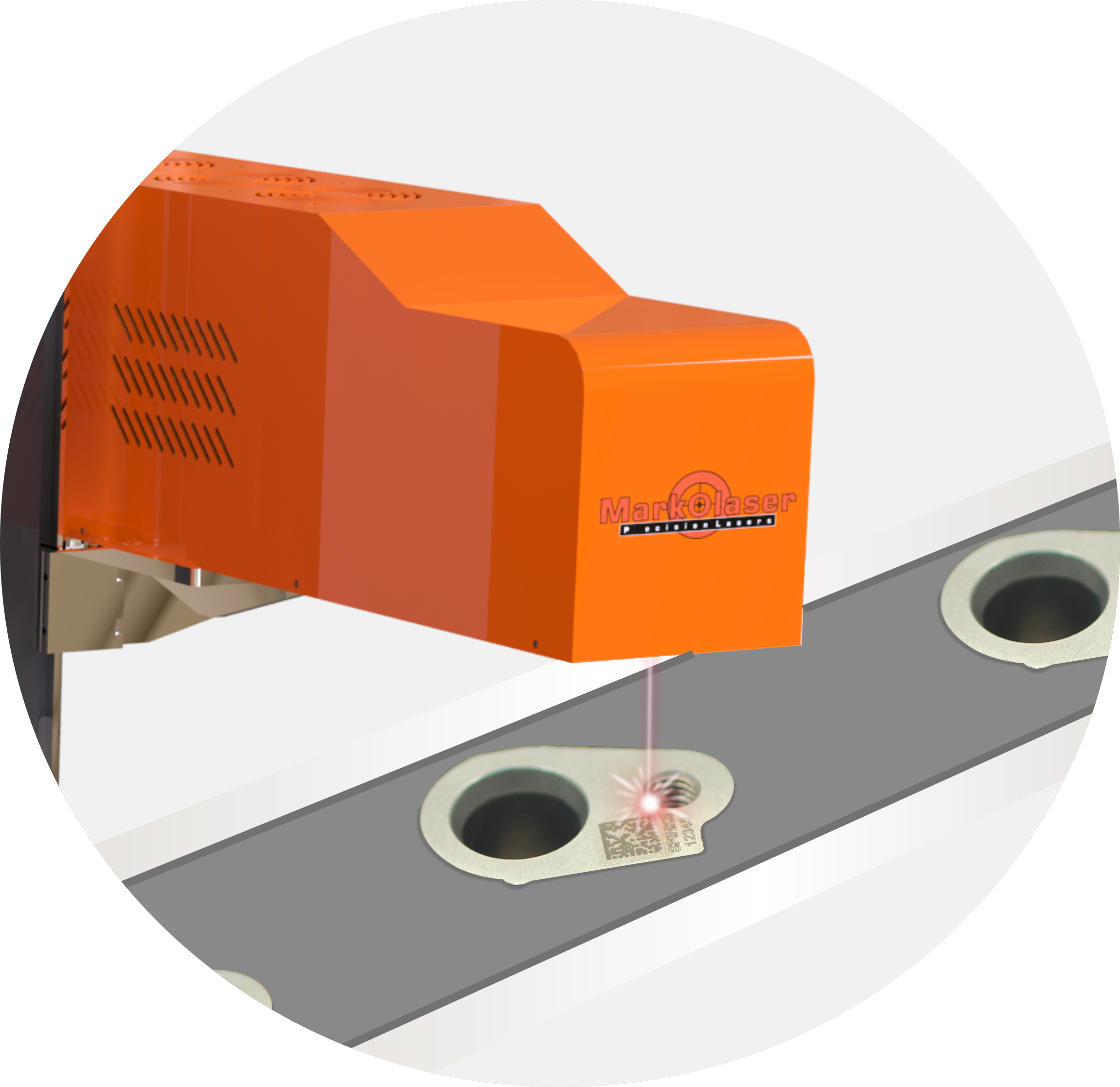
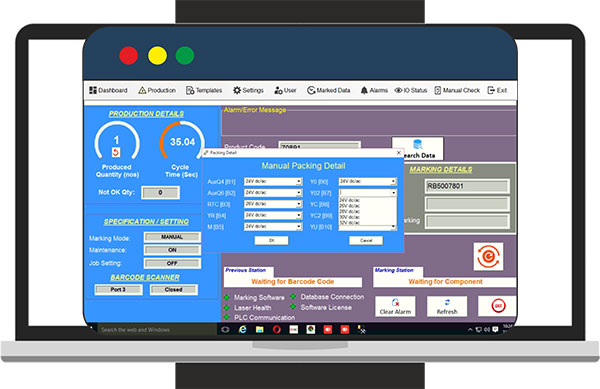 Step 3
Step 3Laser Marking
Laser marking is done with all compliances so that it can be scanned with any industrial scanner, even in harsh environment and condition. -
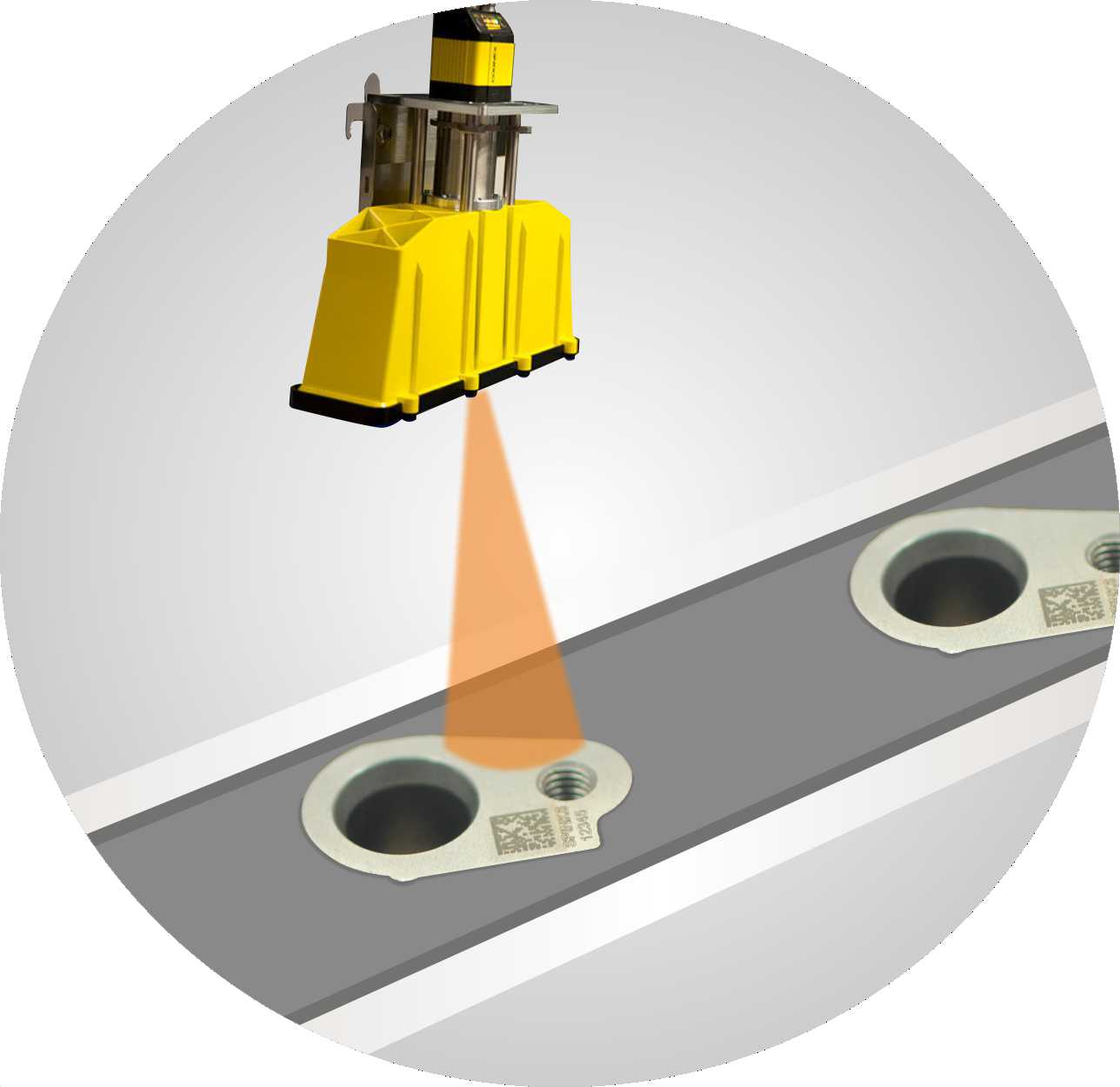
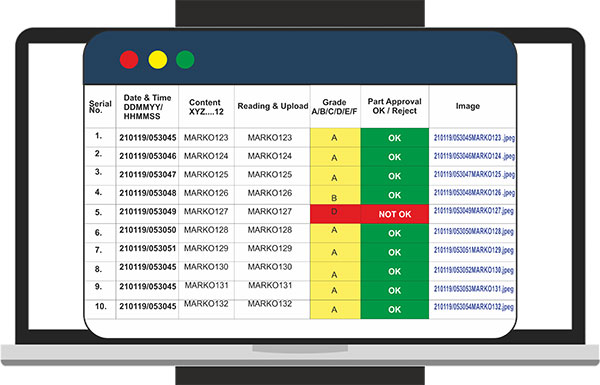 Step 4
Step 4Reading
Production log helps in identifying the component and trace the data, the grade of 2D data, rejected part in the production processes and uploaded images of the 2D code. Built-in analytical tools for quick analysis -
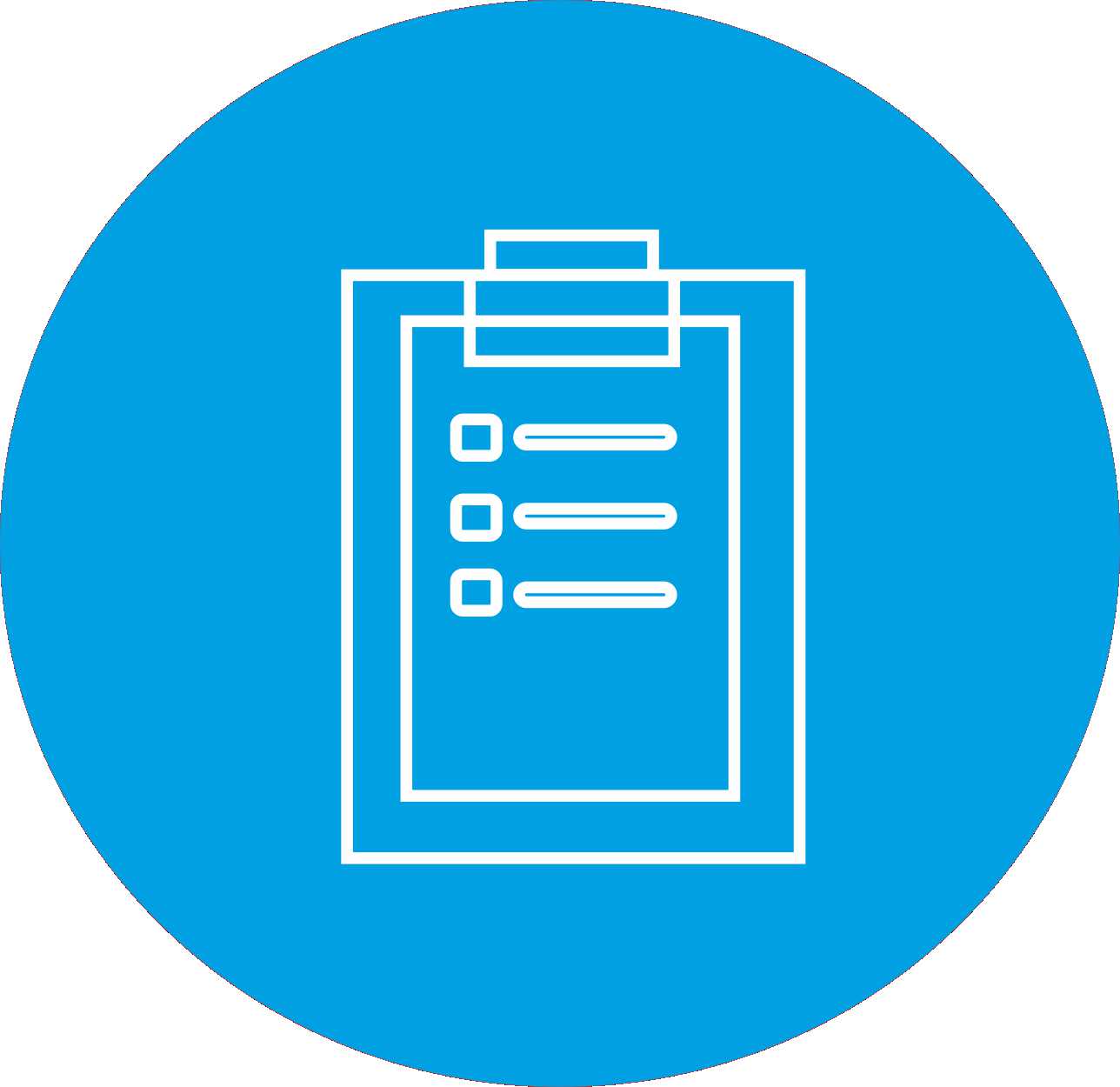
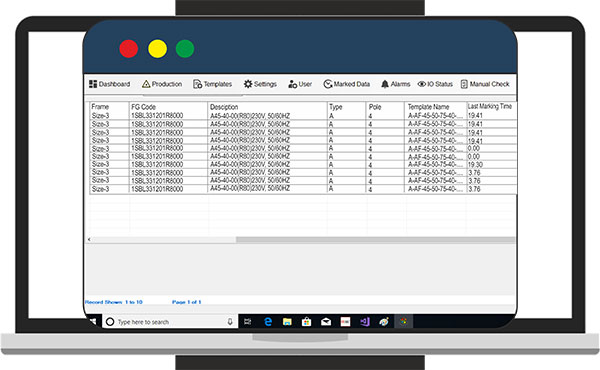 Step 5
Step 5Report Generations
The system provides us the ability to generate reports which contains all the critical data. The data is further used for analysis of all the different processes and the conditions. -

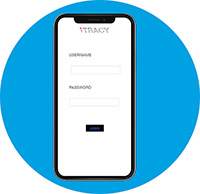 Step 6
Step 6Mobile App for Client
App developed has various access levels, like retailer, vendor, and customer, etc. Unique login can also be made for added security -

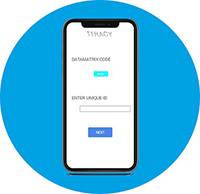 Step 7
Step 7Mobile app Interface for data acquisition
The administrator can either scan the data-matrix code present on the component or enter the unique id manually as shown in figure. -

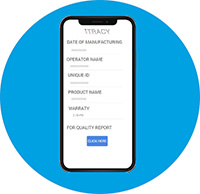 Step 8
Step 8Mobile App Information Interface
Now the adminstrator can get all the data stored against this unique id along with quality report as shown in the figure.








